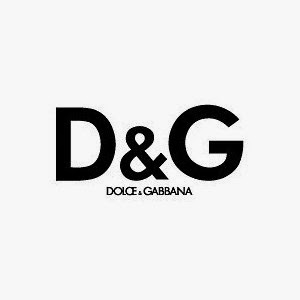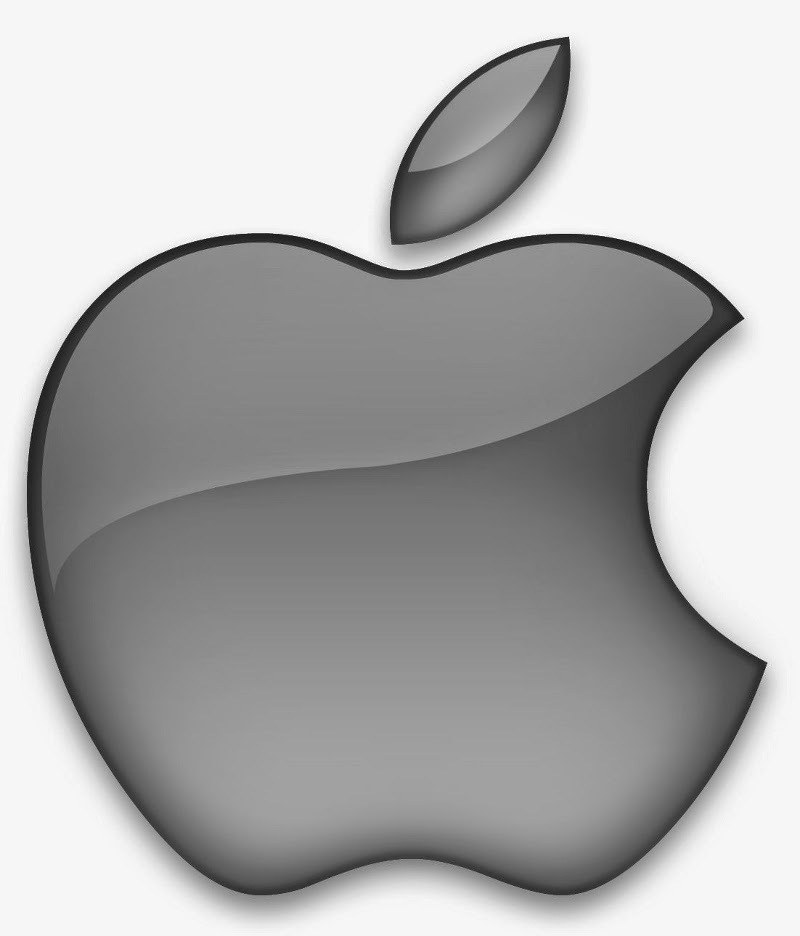


General research I conducted throughout this project by surfing on the internet such as the images I found above gave me inspiration for my designs. Looking at the images from my research intrigued me and inspired me on how they made these kind of designs. Above are just some images on what I found, which I could incorporate into my work. These inspirations are like a starting point to what I could design and develop my final idea into. As it inspires me to incorporate these designs into my idea as well as develop it further and unique and one of my own.
Here is an example of one of my piece of work that i created on Photoshop, following the general research I found. I used the concept of nature such as leaves in order to create an effect of a persons face. I think this kind of design and idea is really effective and the overall design just blows me away of how good the design looks.














































